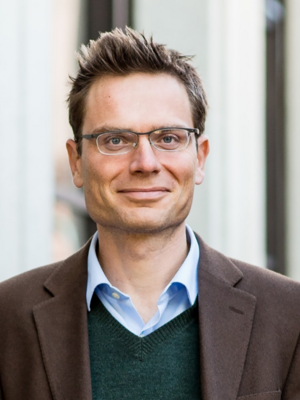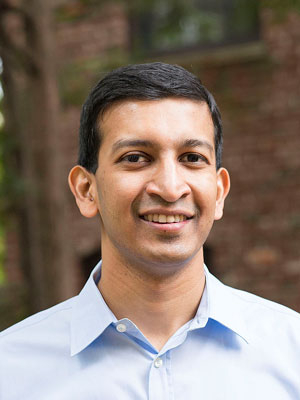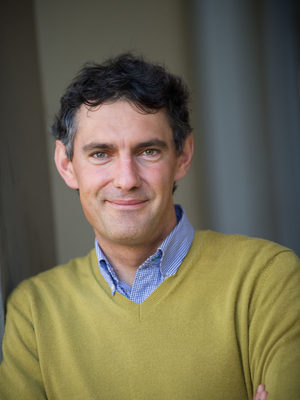Income and Wealth Inequality
Leaders: Nicholas Bloom, Raj Chetty, Emmanuel Saez
The CPI is home to some of the country’s most influential analyses of the income and wealth distribution. The purpose of the Income and Wealth RG is to monitor the ongoing takeoff in income inequality, to better understand its sources, and to analyze its implications for labor market performance, educational attainment, mobility, and more. The following is a sampling of the CPI’s research projects within this area.
Trends in income and wealth inequality: What are the key trends in U.S. income and wealth inequality? The U.S. increasingly looks to Emmanuel Saez and his research team for the latest data on U.S. economic inequality.
Distributional National Accounts: In an ambitious infrastructural project, Emmanuel Saez and his team are building a “Distributional National Accounts” based on tax returns, a data set that will eliminate the current gap between (a) national accounts data based on economic aggregates and (b) inequality analysis that uses micro-level tax data to examine the distribution of income but is not consistent with national aggregates. This new data set will in turn make it possible to evaluate the extent to which economic growth, which has long been represented as a preferred poverty-reduction approach, is indeed delivering on that objective.
The rise of between-firm inequality: How much of the rise in earnings inequality can be attributed to increasing between-firm dispersion in the average wages they pay? This question can be addressed by constructing a matched employer-employee data set for the United States using administrative records.
Rent and inequality: It is increasingly fashionable to argue that “rent” accounts for much of the takeoff in income inequality. The Current Population Survey can be used to assess whether this claim is on the mark.
CPI Collaborators
 |
Francisco O. Ramirez |
Professor of Education;Professor of Sociology (by courtesy); Senior Fellow, Stanford Institute for Economic Policy Research (SIEPR) |
Stanford University |
 |
John Van Reenen |
Professor of Applied Economics |
Massachusetts Institute of Technology |
 |
Carlos-Antonio-Costa Ribeiro |
Professor of Sociology; member of the Interdisciplinary Nucleus of Inequality Studies |
Intituto Universitario de Pesquisas do Rio de Janeiro |
 |
John Roemer |
Elizabeth S. and A. Varick Professor of Political Sciences and Economics; Fellow, Econometric Society |
Yale University |
 |
Patricia A. Roos |
Professor of Sociology |
Rutgers University-New Brunswick |



